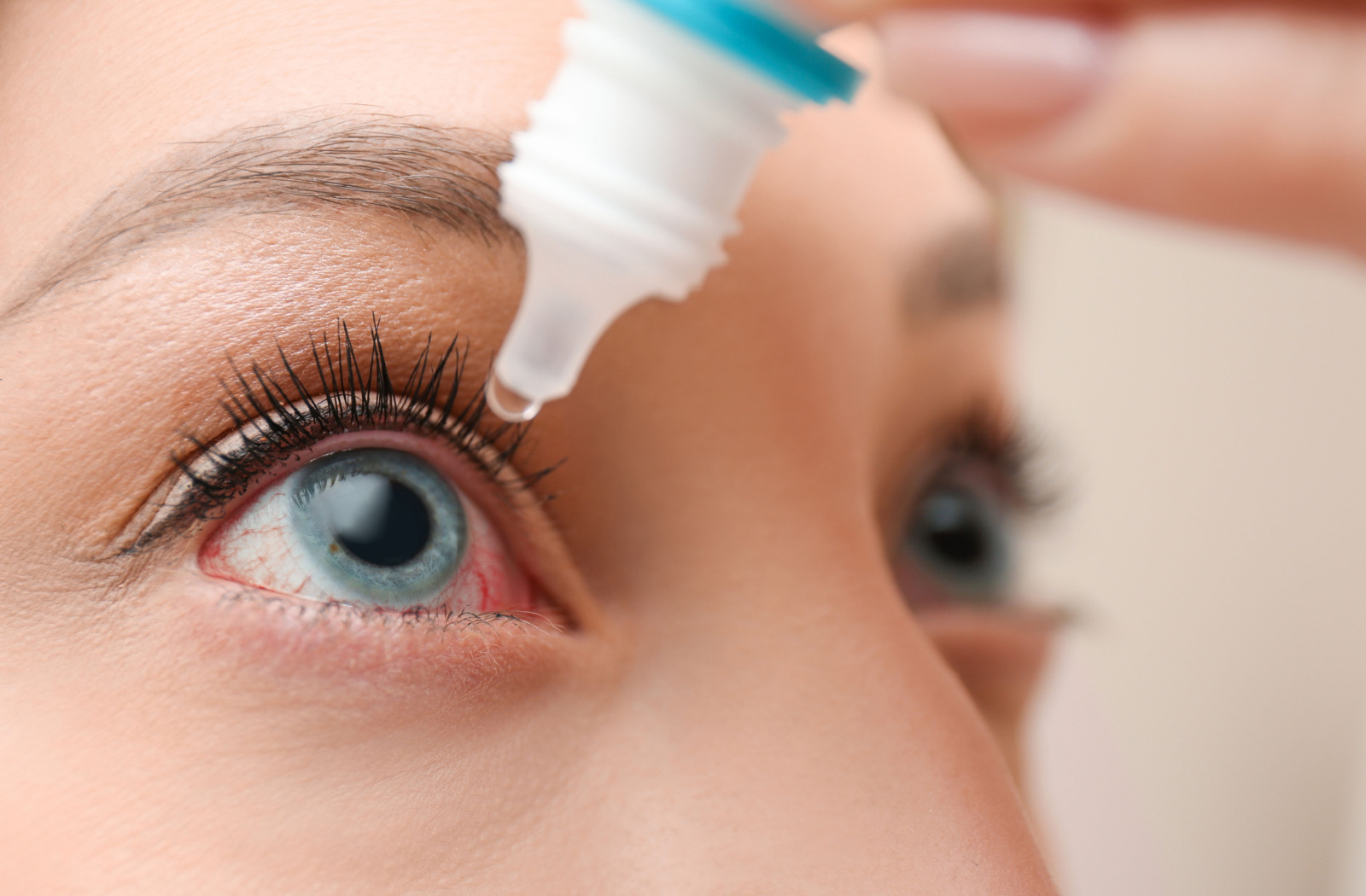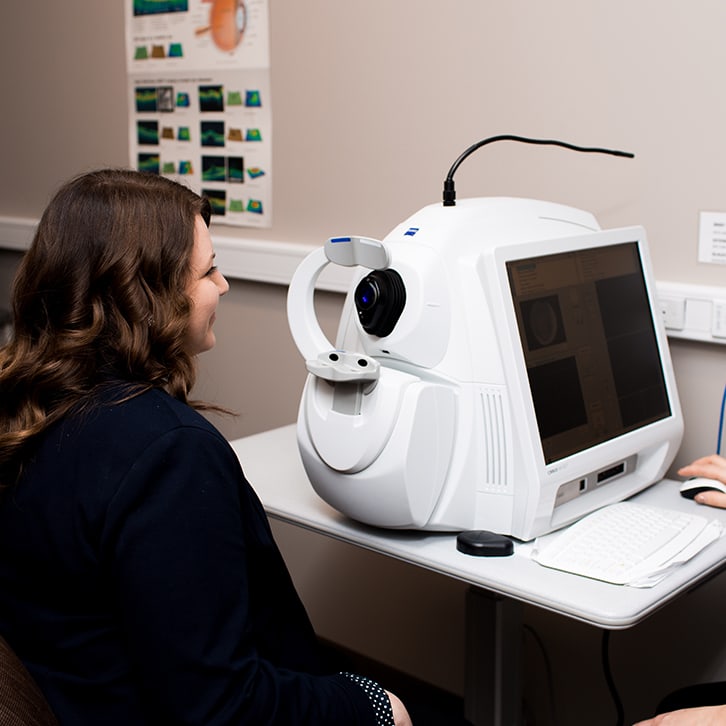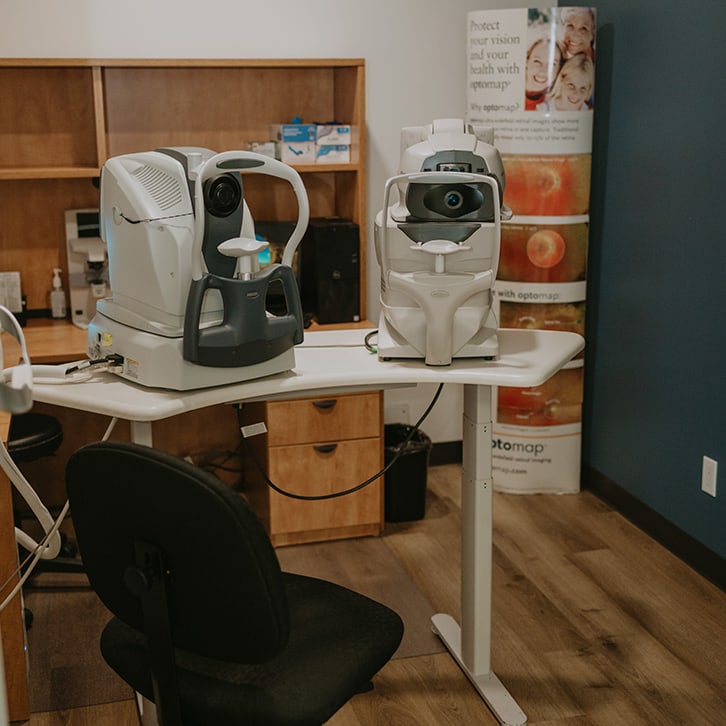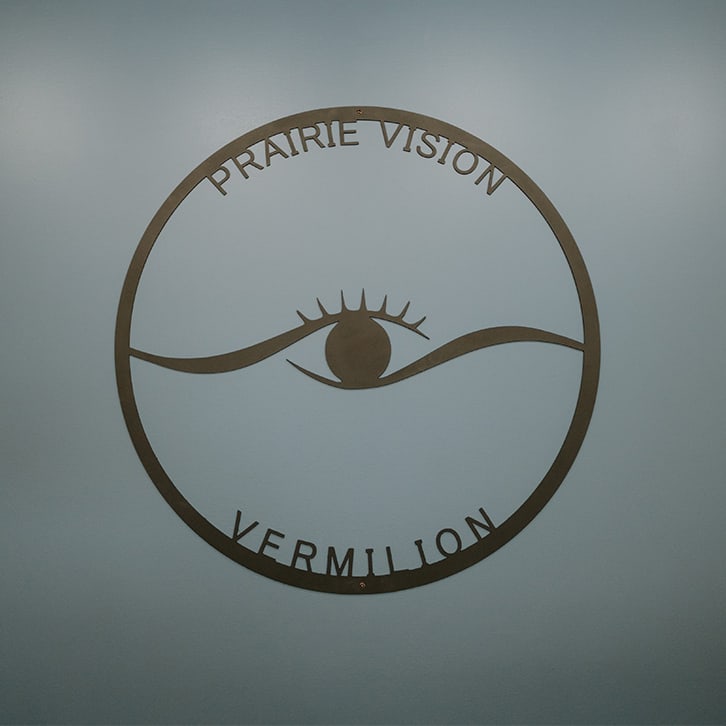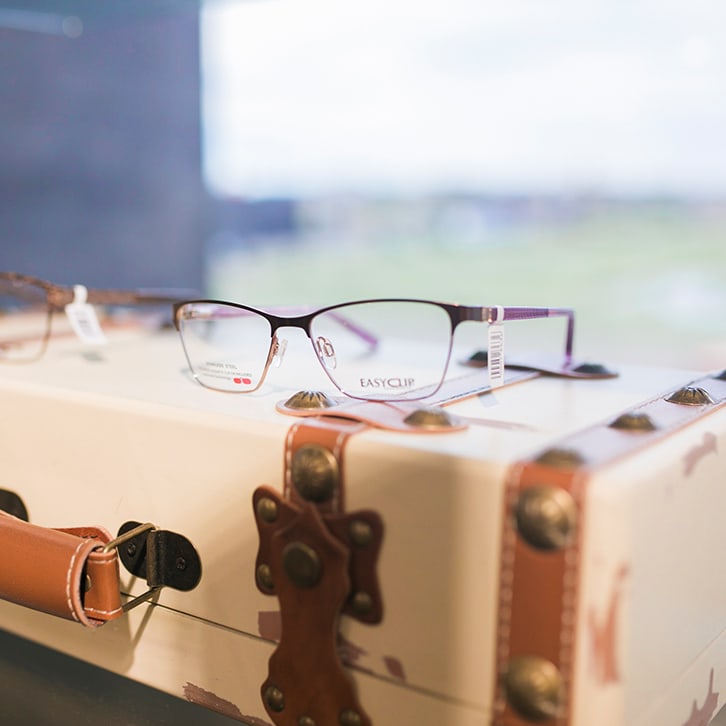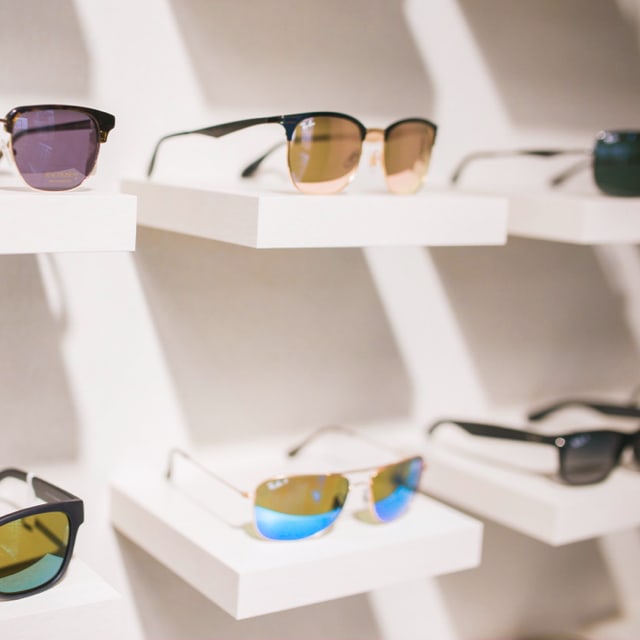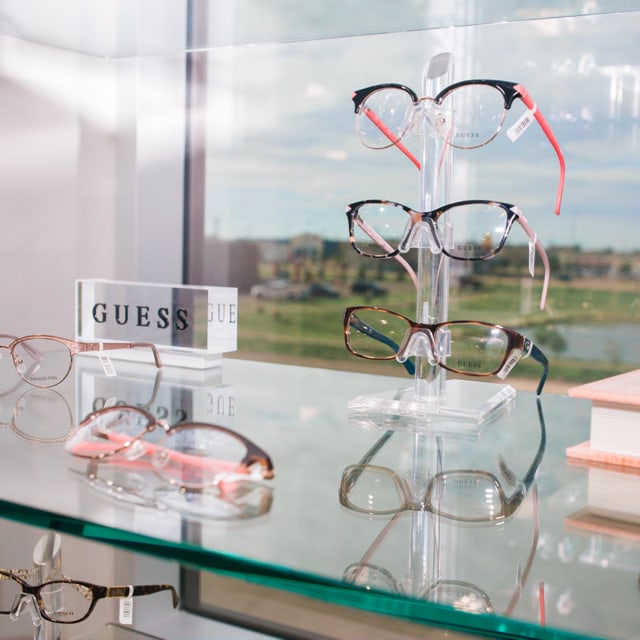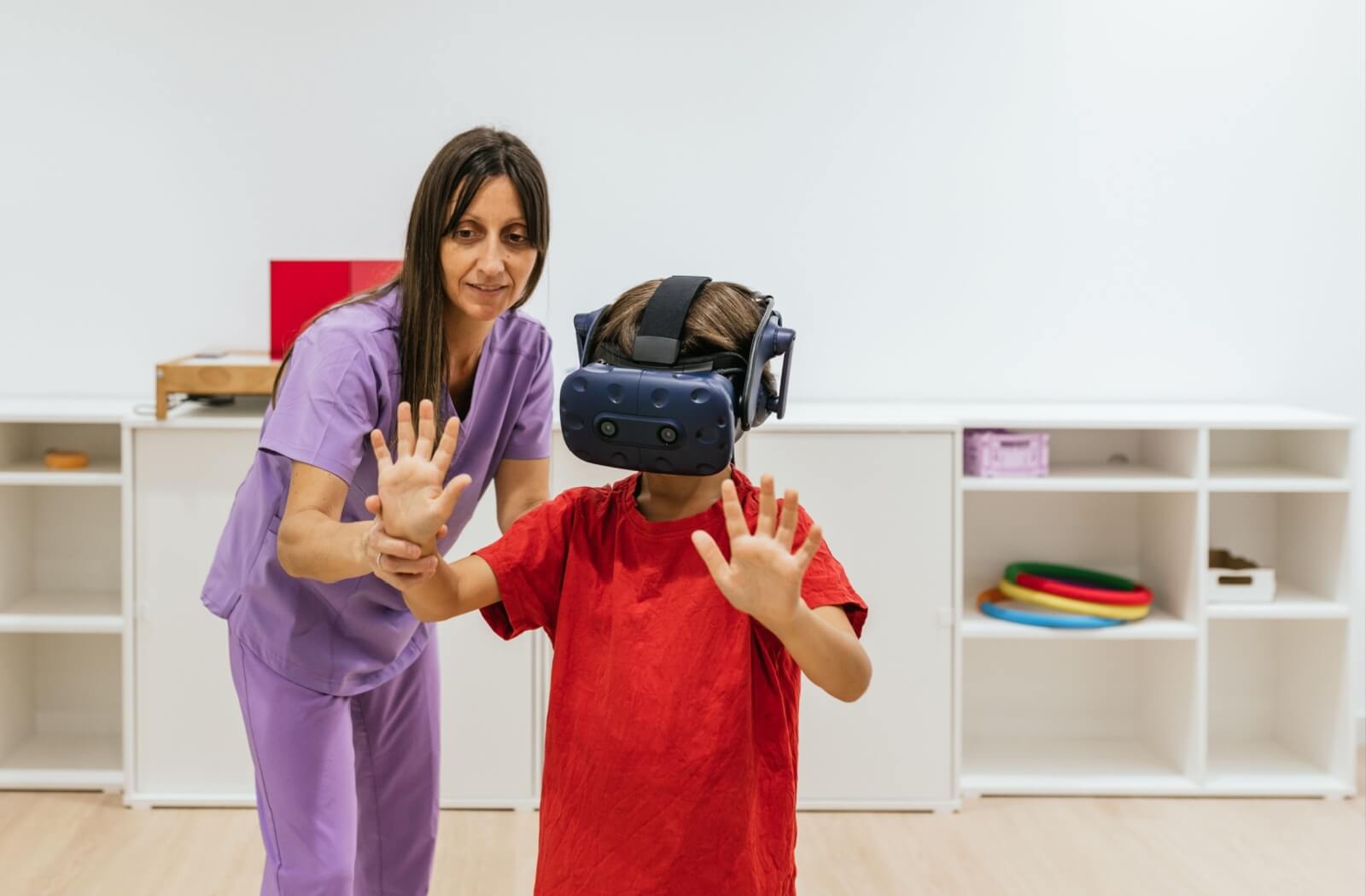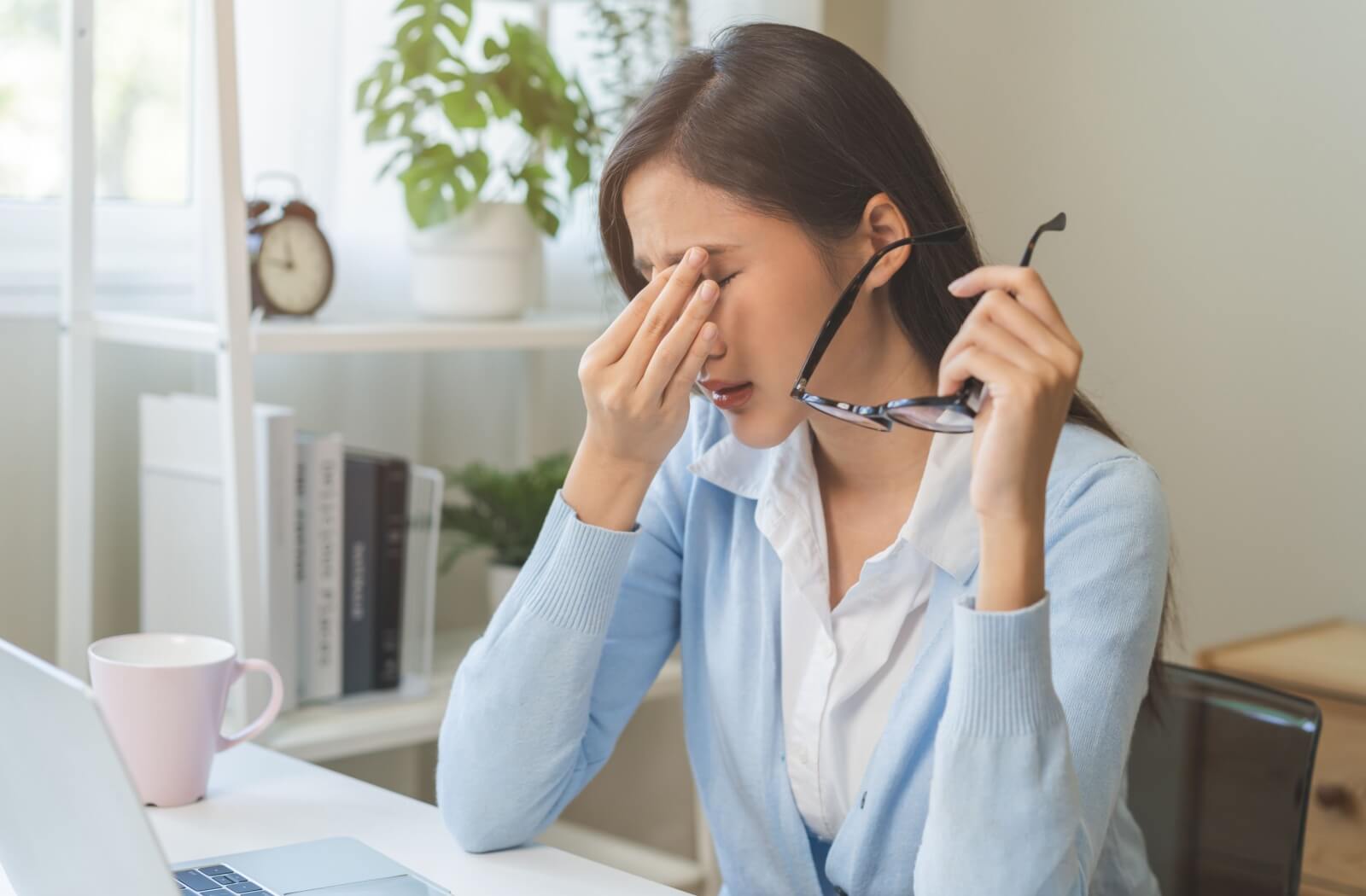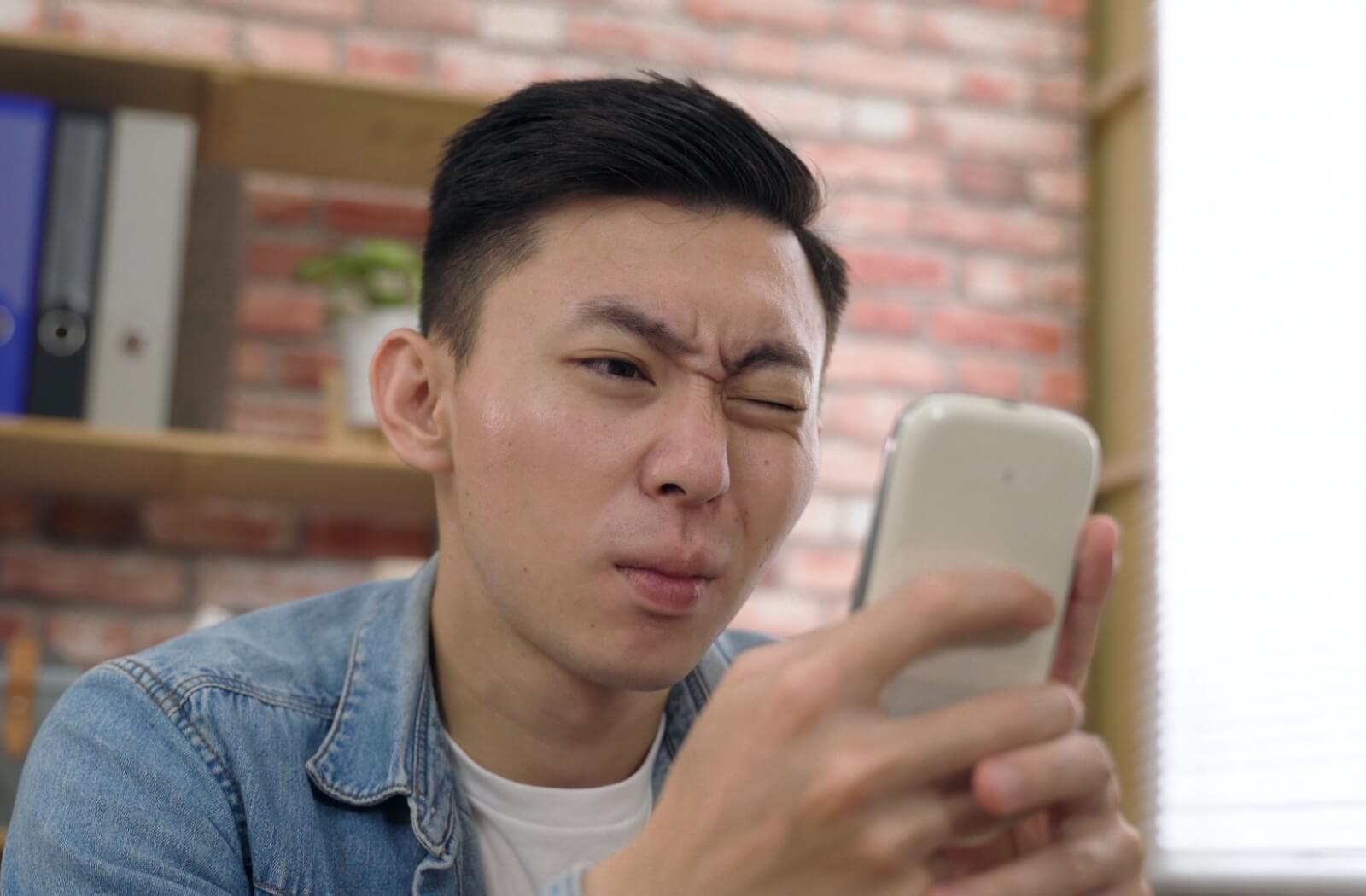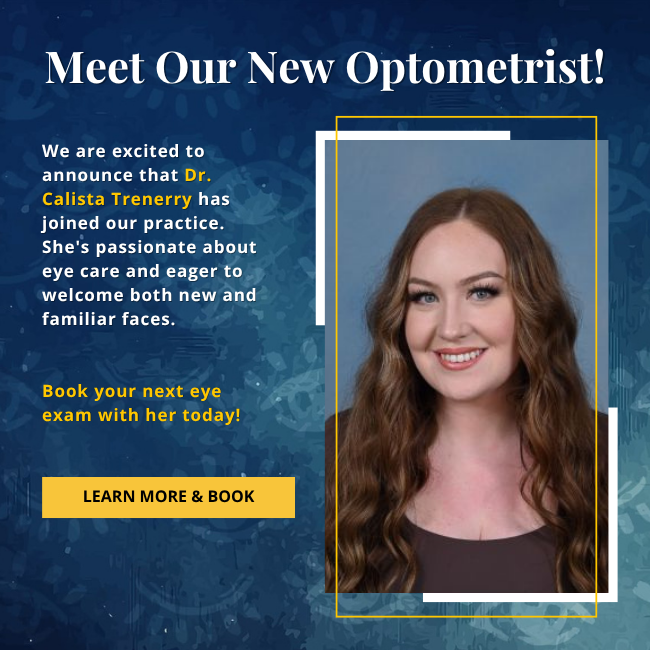Many patients are familiar with eye drops. They’re an essential tool for optometrists, helping treat everything from dry eyes to infections. You may have a bottle of eye drops stored away to use whenever you need them, but they don’t last forever.
Your eye drops have an expiration date, but how strictly should you follow this number?
Keep an Eye on Your Eye Drop Expiration Date
Eye drops expire, but they’re generally safe to use until they reach their expiration date. They lose their effectiveness after they expire and may not be as helpful—there’s also a risk of infection. Stay safe and avoid using expired eye drops.
Bacteria growth is possible when you break the seal on your eye drop bottle. If the eye bottle’s dropper touches another surface or your eye, it can contaminate the solution. Many eye drops have preservatives to prevent bacteria growth, but you must still use your eye drops carefully to protect your health.
Always check the expiration date on your eye drops before you use them.
Your Eye Drops May Have Special Instructions
It’s important to note that not all eye drops work the same—they can have different purposes and ingredients. Some eye drops require special storage, like in the fridge. Your optometrist will provide instructions on properly using and storing your prescription eye drops.
While following your optometrist’s instructions is important, sterile eye drops are safe when used properly. Ensure you check the expiration date of your eye drops before using them.
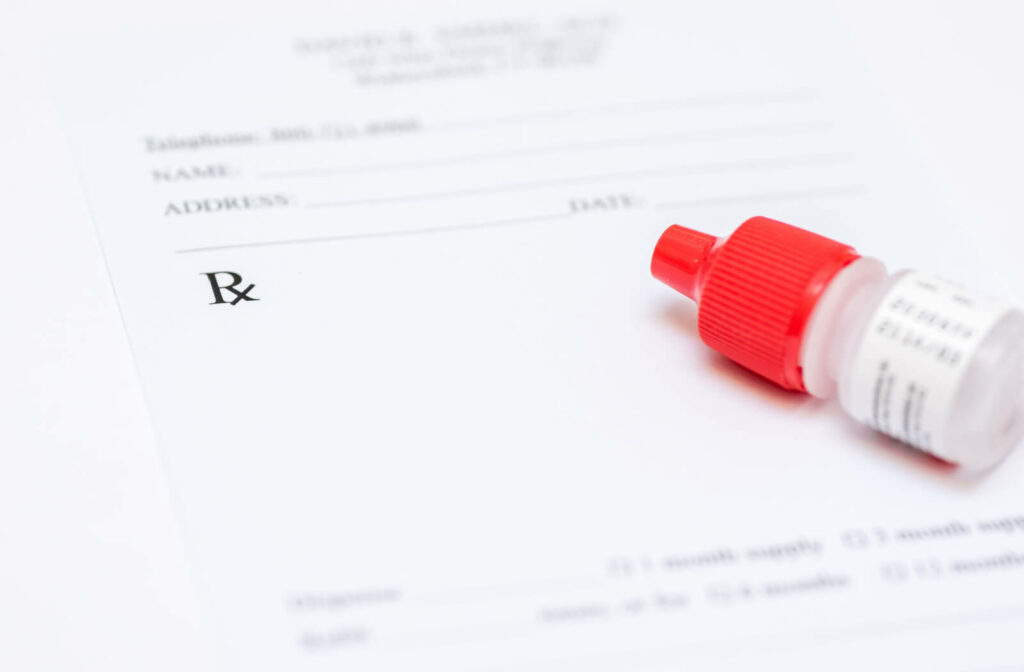
Eye Drop Safety Do’s and Don’ts
It’s important to stay safe no matter the type of eye drops you’re using. Avoid potential contamination to prevent a future eye infection and trip to your optometrist.
Eye Drop Safety Do’s
- Check the expiration date.
- Use a clean eye drop bottle that hasn’t touched your eyes or another surface.
- Wash your hands before using your eye drops.
- Wait 5 minutes between eye drops if you have multiple prescriptions.
- Always replace your dropper if it touches any surface to prevent potential infection.
Eye Drop Safety Don’ts
Avoid potential complications by following 2 pieces of advice: don’t share your eye drops or use them when wearing contact lenses.
While it’s generally polite to share things with others, your eye drops should never be shared with people. The other person may touch the dropper, contaminating your eye drops. Avoid an infection by keeping your eye drops for yourself.
For regular eye drops, avoid using them when wearing contact lenses. It may seem like a hassle to remove your lenses, but using eye drops with contact lenses can lead to uncomfortable symptoms like pain, blurry vision, and watery eyes.
It’s important to note that not every type of eye drops are unsuitable for use with contact lenses. Your eye doctor will inform you how to use your eye drops, including if they’re contact lens safe.
What Do You Use Eye Drops For?
Many patients assume eye drops are for specific purposes, but they are a common treatment for several eye conditions—from providing moisture for dry eyes to treating eye infections. You can buy some eye drops over the counter, like artificial tears, but many require a prescription from your optometrist.
Eye drops can be used for:
- Antibiotics to treat eye infections
- Lowering eye pressure
- Steroids to treat inflammation
- Numbing the eyes before surgery or treatment
- Dilating your eyes in an eye exam
- Hydrating dry, irritated eyes
How to Administer Eye Drops
Eye drops are straightforward, but it’s essential to administer them correctly and safely.
Use the following steps to properly use your eye drops:
- Tilt your head backwards, pulling your lower eyelid down to create space for the eye drop solution.
- Squeeze the dropper gently to place one drop of solution into your eye.
- Close your eye for around 30 to 60 seconds to let the solution coat the eye’s surface.
- Repeat these steps on the other eye.
Here for Your Eye Health in Alberta
Eye drops are a versatile treatment for many different eye conditions, but they must be used safely. The team at Prairie Vision is here to help with any vision health questions you have, including eye drop safety.
Contact us at Prairie Vision if you’re experiencing symptoms of an eye problem or if you have questions about your eye health.

